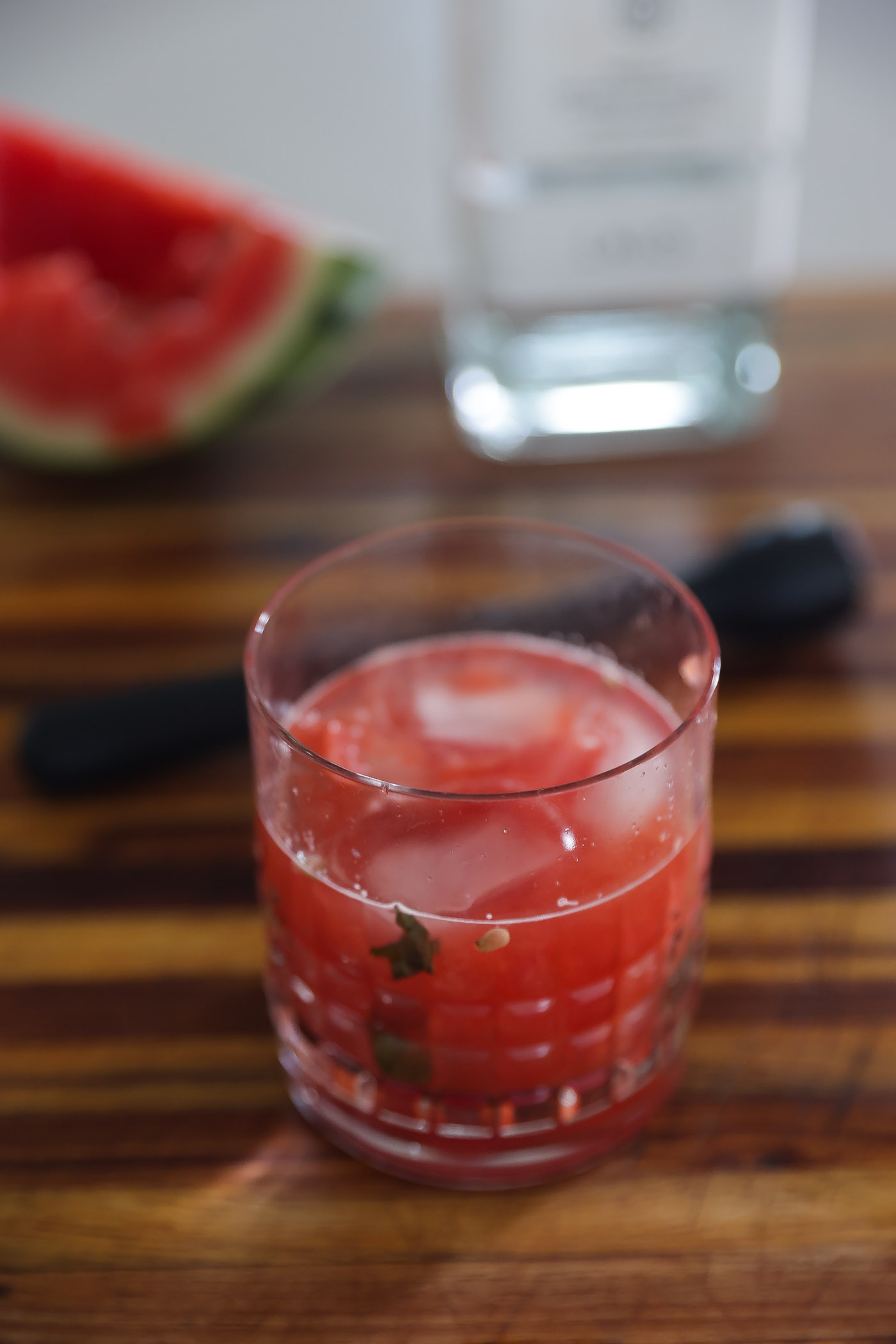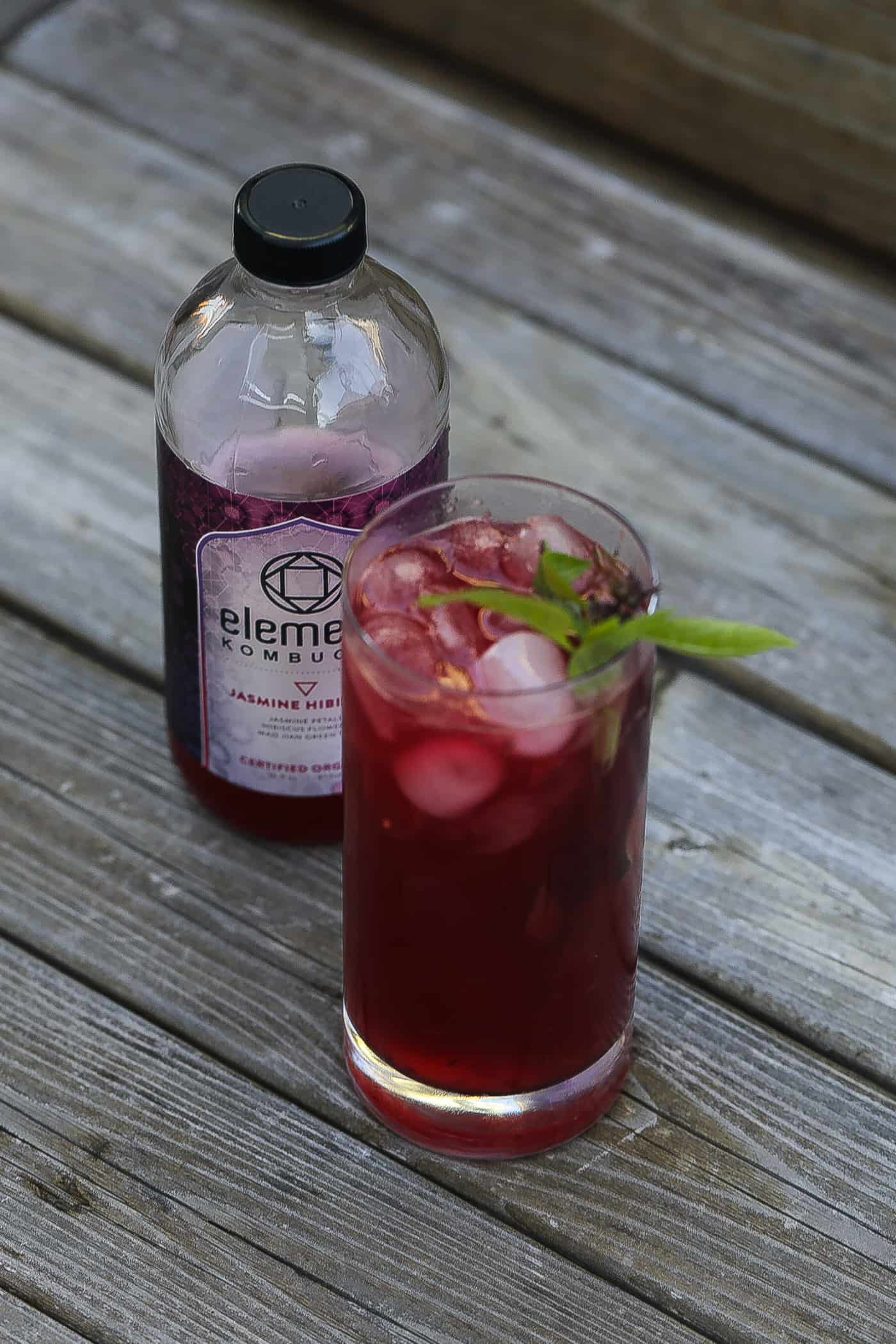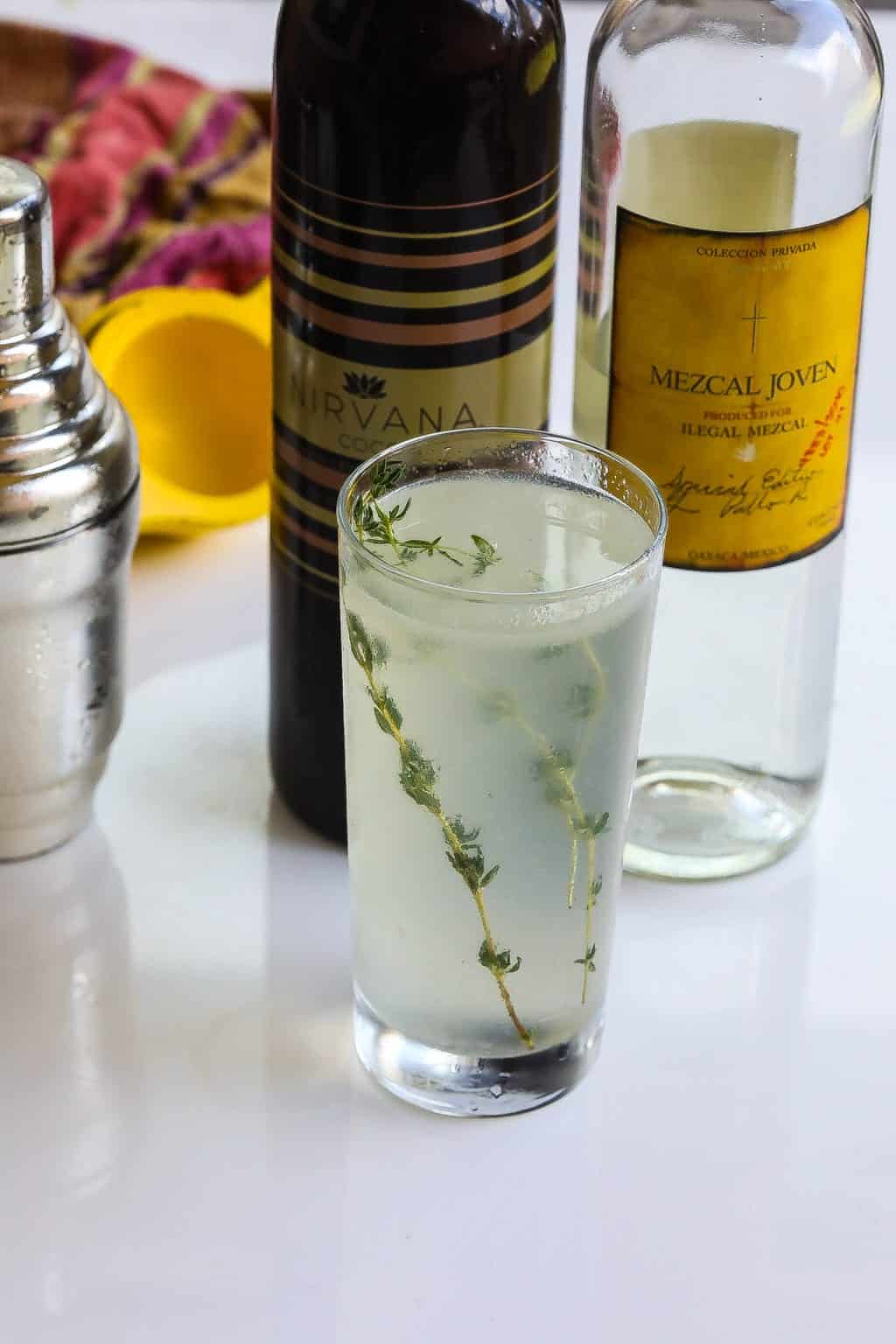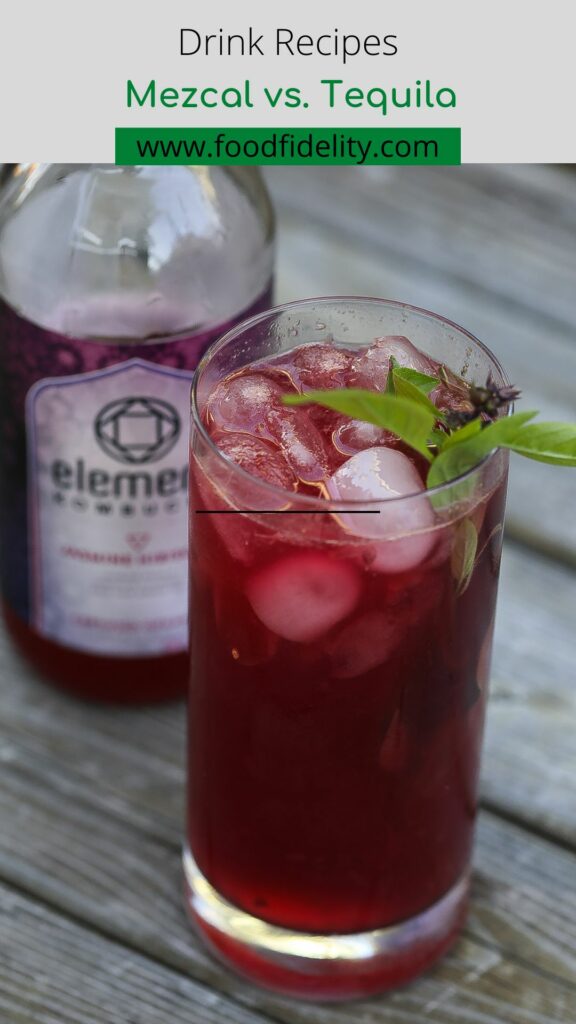Mezcal and tequila are celebrated Mexican spirits, each with a unique history, production process, and cultural significance. While they are often confused due to their common agave origin, both are types of agave distillate, yet the two beverages have distinct characteristics that set them apart. In this article, we’ll explore the nuances of mezcal and tequila and explain how is mezcal different from tequila from their historical roots to their contemporary enjoyment, and demystify the differences and similarities that make them so intriguing.
Key Takeaways
- Mezcal and tequila are both agave spirits derived from agave plants, but tequila is exclusively made from the Blue Weber agave, while mezcal can be made from over thirty types of agave.
- Tequila is typically produced in Jalisco, Mexico, and has strict geographical indications, whereas mezcal is mainly produced in Oaxaca and has a more diverse artisanal heritage.
- The production processes of mezcal and tequila differ, especially in the cooking and distillation stages, contributing to their distinct flavor profiles.
- Both spirits have a deep-rooted place in Mexican culture, with mezcal being traditionally artisanal and tequila gaining global prominence as a mainstream spirit.
- Mezcal and tequila are versatile in mixology, enriching cocktails with their complexity, and it's important to understand their labels and classifications when navigating the market.
Understanding Mezcal and Tequila: Agave Spirits
What are Agave Spirits?
Agave spirits are a fascinating category of distilled beverages made from the agave plant, a succulent native to the Americas. These spirits are primarily produced in Mexico and other parts of Latin America, where the agave plant thrives in the wild. The term “agave spirits” encompasses a variety of beverages, but the two most prominent are tequila and mezcal.
Tequila is a specific type of agave spirit that must be made from the Blue Weber agave plant, known scientifically as Agave Tequilana Weber. This particular agave is prized for its high sugar content and distinctive flavor profile, which includes sweet and floral notes. Tequila
The Historical Roots of Mezcal and Tequila
The history of mezcal vs. tequila is a tale of tradition and transformation. Mezcal is the original spirit of Mexico, with its origins tracing back to the times when the indigenous peoples revered the maguey plant as sacred. The Spanish conquest introduced distillation techniques, elevating mezcal to a divine status, consumed during cultural and religious events.
Tequila’s journey began later, gaining recognition during Mexico’s war with the United States in the 1840s. It was first exported to the U.S. in 1873, marking the start of its international journey. Unlike mezcal, tequila became a major commercial product, overshadowing mezcal’s artisanal and small-scale production.
Del Maguey played a pioneering role in the mezcal market in the U.S. by introducing single-village mezcal to American consumers in the mid-1990s, significantly impacting its popularity among bartenders and consumers seeking diverse agave spirits.
While tequila has risen to global fame, mezcal remains deeply rooted in its artisanal heritage, reflecting the rich cultural tapestry of Mexico. Understanding the historical context of these spirits is crucial for appreciating their unique characteristics and the nuances that define them.
Defining Mezcal: Beyond the Blue Agave
Mezcal, an agave spirit rich in tradition and variety, is defined by the term mezcal, which encompasses a broader category of spirits derived from the agave plant. It is characterized by its use of over 40 strains of agave, or maguey, indigenous to certain regions in Mexico. Unlike tequila, which is exclusively made from the Blue Weber Agave, mezcal producers have the liberty to choose from a diverse palette of agave species, each imparting unique flavors and aromas to the final product. Agave Espadin is the most commonly used, making up about 90% of mezcal production, due to its accessibility and favorable characteristics.
Mezcal’s distinct smoky flavor is a result of the traditional cooking method, where agave piñas are roasted in earthen pits, infusing the spirit with the essence of the earth and fire.
The versatility of mezcal is evident in its application in various cocktails, enhancing them with its complex and smoky profile. This has led to a surge in mezcal’s popularity, as mixologists and consumers alike seek to explore its rich flavors. Below is a list of agave varieties commonly used in mezcal production:
- Agave Espadin
- Agave Tobalá
- Agave Tepeztate
- Agave Arroqueño
- Agave Cuixe
Each variety contributes to the tapestry of mezcal’s flavors, making it a spirit of remarkable diversity and depth.
Tequila: A Distinctive Spirit from the Blue Weber Agave
Tequila, a spirit deeply rooted in Mexican culture, is renowned for its unique production process. By law, tequila must be made exclusively from the Blue Weber Agave. This particular agave species is known for its high sugar content, which is essential for fermentation. The Blue Weber Agave takes between 6 to 12 years to mature, and during this time, it is meticulously cared for by experienced jimadors.
While all tequila qualifies as mezcal, not all mezcal can be classified as tequila. This distinction is due to the geographic limitations of tequila production compared to the broader production regions for mezcal, contributing to the unique identities of both spirits.
When exploring how is mezcal different than tequila, it’s crucial to understand the significance of the agave variety. Mezcal can be made from over 30 types of agave, while tequila is confined to just one.
The Production Process
Types of Agave Used
Harvesting and Cooking: From Agave to Alcohol
To produce mezcal the journey from agave to alcohol is a transformative process that begins with the meticulous harvesting of the agave plant. For tequila, the heart of the agave, known as the pi\u00f1a, is extracted from the ground, effectively ending the life of the plant. These pi\u00f1as are then subjected to a cooking process, which is crucial in converting the plant's starches into fermentable sugars.
The cooking methods vary, with the highest quality tequila often being cooked in a traditional brick oven. Other methods include steam heat and pressure systems, or even chemical extraction, which can impact the final taste of the spirit. It's worth noting that the choice of cooking method can significantly influence the flavor profile of the tequila.
The cooking of the agave piu00f1a is not just a step in the production process; it's an art that shapes the soul of the spirit.
Once cooked, the pi\u00f1as are crushed to release the sugary juice, which is then fermented, often with the aid of commercial yeasts. The fermentation process is followed by distillation, typically two to three times in copper stills, to produce the clear, potent spirit we know as tequila.
Distillation and Aging: Crafting the Flavors
The distillation and aging process is where the true character of mezcal and tequila is formed. Unaged spirits are often described as fresh and vegetal, with a spicy edge due to the lack of time to mellow. As they age, they take on the flavors of their containers, often oak barrels, which impart notes of vanilla, cinnamon, or even caramel. These dessert-y qualities make aged varieties particularly enjoyable neat, especially for whiskey aficionados.
Extra Anejo, the oldest and darkest of tequilas, must be aged for a minimum of three years. It's known for its intense vanilla and baking spices, making it the most likely to be enjoyed neat and the most enticing for whiskey drinkers.
The surge in premiumization has elevated the overall quality of tequila, leading to innovation in aging, barrel selection, and finishes. Producers are now exploring new horizons, including ancestral methods and infusions.
The following list outlines the common types of tequila and their aging periods:
- Blanco or Silver Tequila: Unaged or aged up to 2 months
- Reposado: Aged from 2 months to 1 year
- Anejo: Aged from 1 to 3 years
- Extra Anejo: Aged for a minimum of 3 years
Regional Differences in Production Techniques
The production of mezcal and tequila is deeply rooted in regional traditions, with each area boasting its own unique methods and practices. Mezcal artisanal, for instance, is often produced using more traditional techniques. In some regions, producers roast the agave in clay ovens or open pits, crush it with a tahona (a large stone wheel), and ferment it in natural containers like hollowed tree trunks or concrete tanks. Distillation might occur in copper, clay, or steel pots heated directly by fire.
In contrast, large-scale mezcal production employs advanced equipment such as autoclaves, diffusers, and stainless steel tanks, which are indicative of the industrial approach taken by some producers. Tequila production, while also varied, is typically more standardized due to stricter regulations, especially when it comes to the exclusive use of Blue Weber agave.
The geographical distinctions between mezcal and tequila production are not just about location but also about the cultural and historical practices that shape each spirit. While tequila is primarily produced in Jalisco, mezcal finds its heartland in Oaxaca, with each region contributing to the spirit's distinctive character.
Understanding these regional differences is crucial for appreciating the diversity and complexity of these Mexican spirits. Whether it's the type of agave used, the distillation methods, or the aging process, each factor plays a significant role in defining the final product.
Cultural and Geographic Distinctions
Mezcal's Artisanal Heritage and Diversity
Mezcal's artisanal production is a testament to its rich cultural heritage, where each batch tells a story of traditional practices and local nuances. The small-batch nature of mezcal is a direct result of the ancestral methods still employed today. These methods include the use of clay ovens and open pits for roasting the piñas, and a tahona to crush the cooked agave.
Distillation often takes place in copper, clay, or steel pots that are heated directly by fire. This hands-on approach to production ensures that each bottle of mezcal carries the distinct fingerprint of its maker's craftsmanship. Mezcal is celebrated for its transparency in labeling, often detailing the specific village of origin, the agave's growing area, the roasting process, and the type of still used.
As mezcal continues to captivate international audiences, its fame grows, bolstered by the dedication of family palenqueros who have been perfecting their craft for generations. The introduction of the "single-village" designation has further highlighted the importance of place in mezcal's identity, connecting each sip back to the community that created it.
Protected Designations of Origin: Jalisco and Oaxaca
The concept of Protected Designations of Origin (PDO) plays a crucial role in the authenticity and heritage of both mezcal and tequila. Due to their protected designation of origin, these spirits must be produced in their regions of origin to be considered authentic. Jalisco, renowned for its tequila production, accounts for the vast majority of tequila output, with a staggering 99% originating from this state alone. The spirit's identity is deeply rooted in the region's red volcanic soil, which is ideal for cultivating the Blue Weber agave.
Mezcal, on the other hand, boasts a rich artisanal across nine Mexican states, with Oaxaca at the forefront, producing over 85% of all mezcal. The spirit's diversity is reflected in the various agave species used and the ancient production techniques passed down through generations. The 'single-village' designation further emphasizes the local character and unique profile of each mezcal.
The PDO not only safeguards the geographical integrity of these spirits but also ensures the preservation of traditional methods and the promotion of regional economies.
Here's a glimpse at the regional dominance in production:
- Jalisco: Nearly exclusive production of tequila
- Oaxaca: Leading producer of mezcal
Both regions have become synonymous with their respective spirits, attracting aficionados and tourists alike, who seek to experience the authentic flavors and cultural richness these spirits embody.
Tasting and Enjoyment
Cocktail Culture: Mezcal and Tequila in Mixology
The mixology scene has embraced both mezcal and tequila, with each spirit offering a unique canvas for creative cocktail crafting. Mezcal cocktails, once a niche, have surged in popularity, often providing a smoky counterpoint to the bright and zesty flavors in mixed drinks. While some aficionados prefer to sip mezcal neat, mixologists are finding that less expensive mezcal varieties can shine in a cocktail context, enhancing the spirit's inherent aromas and flavors.

Tequila, on the other hand, continues to ride the wave of its classic cocktails, with the Margarita and Paloma still dominating trends in various countries. However, mezcal is making its mark on traditional recipes, offering bold and flavorful twists on classics like the Negroni and Old Fashioned. In fact, mezcal has become a common substitute in these cocktails, reflecting its growing global reach.

The rise of mezcal and tequila in cocktail culture is not just a trend, but a reflection of the spirits' versatility and the creativity of modern mixologists.
As we see tequila and mezcal pop up more frequently on beverage menus, it's clear that these agave-based spirits have secured their place in the world of mixology. Whether you're a seasoned cocktail enthusiast or new to the scene, exploring the diverse range of mezcal and tequila cocktails is a journey worth taking.

Navigating the Market
Identifying Authenticity and Quality
When exploring the world of mezcal and tequila, discerning the authenticity and quality of these spirits is paramount. Real tequila should have a NOM number, a certification that indicates the distillery's official compliance with Mexican standards. This number can usually be found on the bottle's label and is a reliable indicator of legitimacy.
Beyond the NOM number, physical indicators such as unique bottle designs can also suggest authenticity. For mezcal, look for a seal from the Consejo Regulador del Mezcal (CRM) which ensures that the spirit meets all the standards of production and origin.
To ensure you're buying genuine tequila, verify authenticity through seals, labels, and certifications.
Here are some steps to detect if a tequila is real or contains additives:
- Check for the presence of a NOM number on the label.
- Inspect the bottle for unique design elements that are often associated with genuine products.
- Look for official seals from regulatory bodies like the CRM for mezcal.
- Be wary of prices that seem too good to be true, as they often indicate inferior quality.
Understanding Labels and Classifications
When navigating the diverse world of mezcal and tequila, understanding labels is crucial for appreciating the spirit's heritage and quality. Mezcal labels are remarkably detailed, often revealing the village of origin, the specific area where the agave was grown, the roasting process, and even the type of still used. This transparency reflects the artisanal pride in mezcal production.
In contrast, tequila labels may not always disclose as much information, with some producers being less forthcoming about their processes. However, tequila classifications are more straightforward, focusing primarily on the aging process rather than the type of agave plant, which is uniformly the Blue Weber agave.
The Consejo Regulador de Mezcal (CRM) categorizes mezcal into three main types based on production methods: Mezcal, Mezcal Artisanal, and Mezcal Ancestral. Each category reflects a different level of traditional craftsmanship and technological involvement.
Understanding the classifications of mezcal involves not just the age but also the type of agave plant and the distillation methods used. These factors significantly influence the taste and character of the spirit. Here's a simplified breakdown of mezcal types:
- Mezcal: Produced using modern equipment like autoclaves and stainless steel tanks, suitable for large-scale production.
- Mezcal Artisanal: Emphasizes traditional production methods, often in small batches.
- Mezcal Ancestral: The most traditional form, adhering to historic processes and minimal technological intervention.
Conclusion
While mezcal and tequila share a common ancestry as spirits distilled from the agave plant, their differences are as rich and varied as the Mexican culture from which they originate. Tequila, with its strict adherence to blue Weber agave and production in specific regions, stands as a symbol of tradition and regulation.
Mezcal, on the other hand, embraces a broader spectrum of agave species and artisanal production methods, offering a tapestry of flavors and experiences. Both spirits have carved out their own niches in the world of cocktails and spirits, each with a unique story to tell.
Whether you prefer the smooth familiarity of tequila or the diverse profiles of mezcal, there's no denying the depth and complexity these beverages bring to the table.

